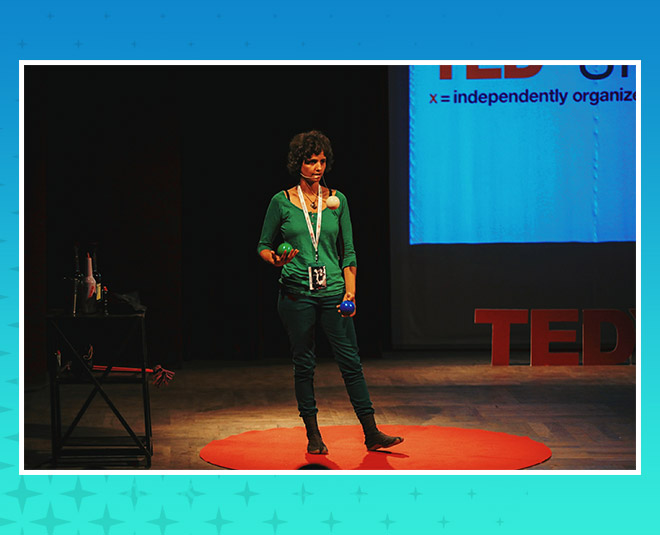Ami Shroff
Shroff joined Galen in 1997 from The Wilkerson Group, where he was a Principal with a client base including pharmaceutical, diagnostics, device and biotech companies, plus a select number of venture capital firms Prior to joining The Wilkerson Group, Mr. Shroff worked at Schering-Plough France, a manufacturer of healthcare products. Ami Shroff is one of the first female bartenders of Mumbai. Challenging her boundaries and exploring a whole new world of juggling, Ami is someone you need t. Acclaimed bartender Ami Behram Shroff tells Divya Nair/ Rediff.com how her passion for bartending got her to break rules and set new benchmarks. S hatbhi Basu may well hold the record for being. Ami Shroff She/Her Proudly Queer Flair bartender- Mixologist-Juggler since 2003 Founder of @mixedbyamishroff Times mixologist -2018 Inca mixologist -2019 TedX speaker youtu.be/kixAfBhkns.
'Being a bartender meant that I would be working at a bar or pub and performing in front of drunk people, at late hours.
'Playing with tools and ingredients is risky as you might get hurt or make a fool of yourselves if you don't practice your tricks well.
'The competition is getting tougher by the day..
'The audience always wants to see new tricks.
Acclaimed bartender Ami Behram Shroff tells Divya Nair/Rediff.com how her passion for bartending got her to break rules and set new benchmarks.
Shatbhi Basu may well hold the record for being India's first female bartender, but Ami Shroff went a step ahead of her contemporary and set her niche in flair bartending.
Shroff has never taken a professional course and can never say for sure what she's going to perform at a event.
'I am constantly improvising my tricks. I get bored doing the same tricks,' she says.
'Besides entertaining audiences, I like taking part in competitions. It helps me learn and meet new people,' Shroff adds.
After winning the India championship in December 2014, she was one of the finalists to represent India in the Regional Finals of La Maison Cointreau, an all-women bartending competition held in Bangkok, Thailand in January 2015.
At the India-leg competition, Shatbhi Basu who was one of the panellists acknowledged her work and congratulated her too, she recollects.
The young bartender who has also worked as an instructor in Mumbai, tells us how she's constantly learning on the job and how she's evolved as a person through the profession.

Inspiration
I had been working since the age of 15, doing odd jobs as a saleswoman, co-ordinating at events and exhibitions, part-time alongside attending college.
I was about 18 when I attended this event where two guys -- Ankit and Shawn Dsouza -- were performing stunts at the bar.
Bartending was still catching up around that time, but mostly men enrolled for it. I was intrigued and wanted to try it myself.
My friend Delnaz and I signed up to work at a resto-bar in Mumbai and learned some tricks on the job. I gave my first performance at the Enigma festival in Goa and the rest is history.
Initially I could not inform my parents that I wanted to be a bartender because I knew they would be upset.
My parents -- my father is a lawyer, mother, a professor -- would care less about my choice of career, but rather about my safety.
So I told them much later and they weren't very happy about it.
However, one of my father's friends happened to see me at one of these events and he was quite surprised with my talent.
He immediately called my father and appreciated my work. Cooking dash 2016 free download.
Gradually my parents gave in and understood that this is what I loved to do.
I have never been to a bartending school so I am not a certified bartender.
I read a bit about different types of alcohol and their properties but I never took a professional course.

When I started off, there were bartenders who did stunts but none of the females attempted stunts involving props or fire.
I was among the contemporaries to be successful in flair (playing with props) bartending.
The challenges
Being a bartender meant that I would be working at a bar or pub and performing in front of drunk people, at late hours.
Playing with tools and ingredients is risky as you might get hurt or make a fool of yourselves if you don't practice your tricks well.
The competition is getting tougher by the day, so you must always be up-to-date with what's happening around you.
The audience always wants to see new tricks so you must have a ready trick up your sleeve all the time which surpasses the expectations of your audience, which can be quite challenging.
If you're a full time employee in a bar, you'll have to deal with hierarchy in management, which a creative person will not necessarily enjoy.
Ami Shroff Bartender
Also, the remuneration is not very great for full time bartenders in India. Most of us survive on tips from clients and freelance opportunities, which sometimes supersedes our monthly salary.
Since I know my job well, I prefer to freelance and work on my own terms.
The perks
I get to travel a lot, meet new people and learn new things.
The best part of the job is the need for adventure and the thrill of surprising and entertaining audiences.
Bartending is a creative profession and each day is a new day -- you have ample scope to use your inspiration and influences in your task.
If it's a good event, I earn anything between Rs 20,000 and 50,000 per day.
Moreover the appreciation you get from the audience drives your passion and keeps you going.
Lessons learned
At times people ask me how I manage to perform in front of and entertain so many strangers?
Well, the job has taught me to be confident and I can easily entertain an audience of 400 or more and perhaps even strike a 20-second conversation with each of them, if the need arises.
There are times when people tell me that I do stunts better than the boys.
I have learned that no matter what job you choose, you need to have a good team. In the end that is what will keep you going during tough times.
Everyone has bad days; it may not always be your fault.

But you need to find ways to motivate yourself out of the situation and see each day as a new adventure.
Advice
Be curious -- to do new things, to push your limits -- but also, be careful and responsible.
Photograph: Kind courtesy Kirti Chavan
ALSO SEE
About Ami Shroff

From summer training at NGOs to working as an intern with an agro company in the borderline region of Kutch, Ami Shroff, has had a varied journey before she formally joined Shrujan in 1998. She initially joined the family trust run, not for profit organization, Shrujan, as a project coordinator in Kutch to work at the grassroots level and also lead the “Design Center on Wheels” project for the organization, the first of its kind and scale in India. In fact it was her deep involvement and commitment for the operations at Shrujan Trust that led to the genesis of the first of its kind research and documentation project in the Kutch region called “Pride and Enterprise” which documented and researched the embroidery craft story of the Kutch region. This initiative went on to win the Rolex Awards in 2006 for Chandaben Shroff, the founder of Shrujan, and also Ami’s mother.
Today, Ami has taken forward her mother's vision and championed yet another successful project under the Shrujan Trust ambit, the Living and Learning Design Center (LLDC). This ambitious project has been launched in a 9 acre green campus in Bhuj, with an ambition of becoming an inclusive hub for all crafts within the Kutch region, creating a collaborative environment that not only enables but also empowers.
The campus at LLDC also houses’ India’s largest 'Crafts Museum' that is comparable to any international museum of high caliber both in terms of collection and presentation capabilities. Ami intends to build profile for the LLDC as a melting pot for craft enthusiasts and craft experts from all over the world, and also a place where anyone, from any background can be empowered with the power of creativity and art.
More From Ami Shroff
Amish Roofs
Social EntrepreneurshipAmish Roofers Pa
Why it Pays to Be a Social Entrepreneur

Amish Roofers Ky
